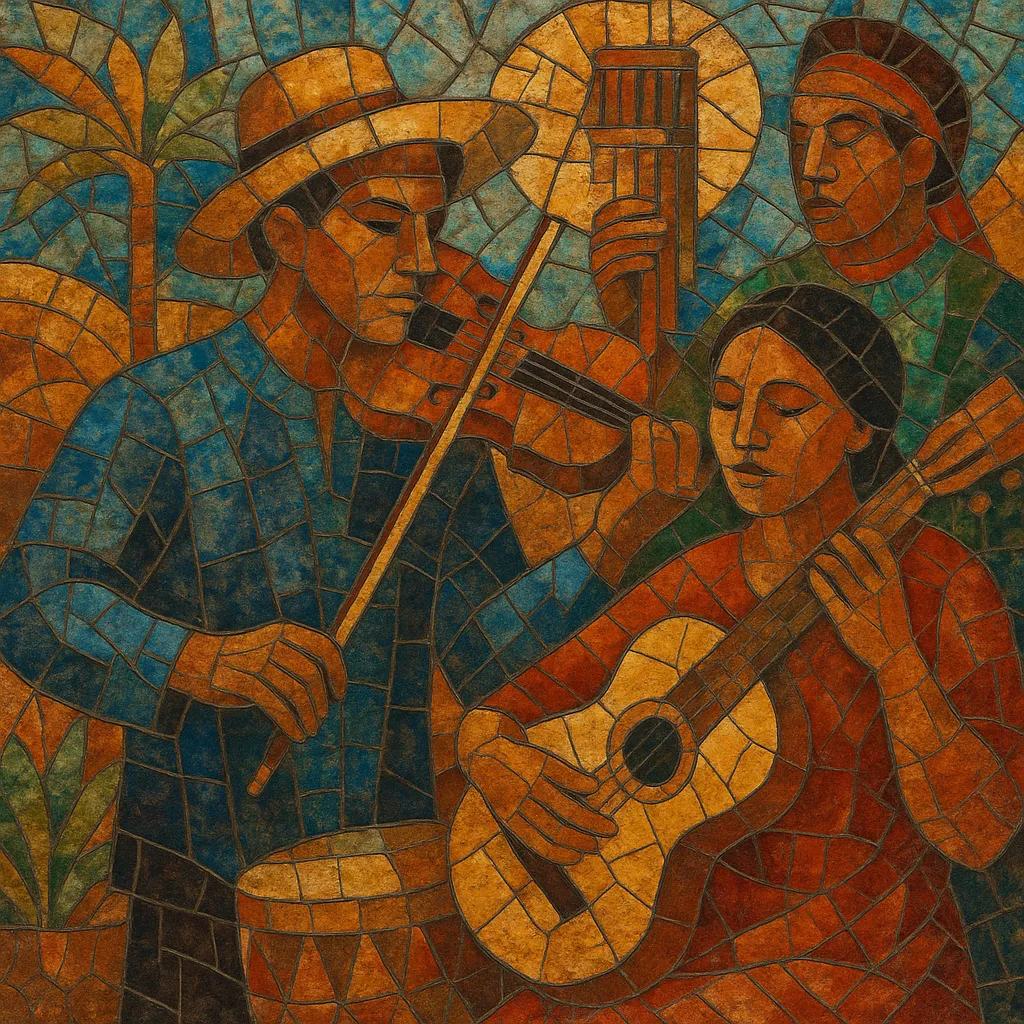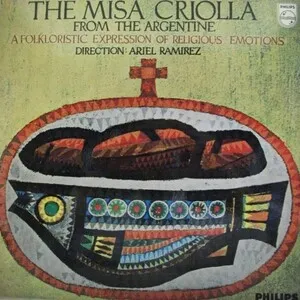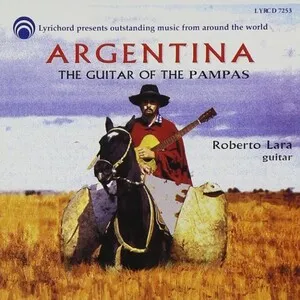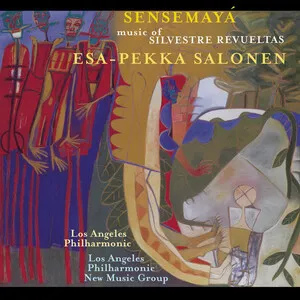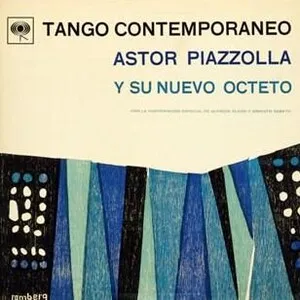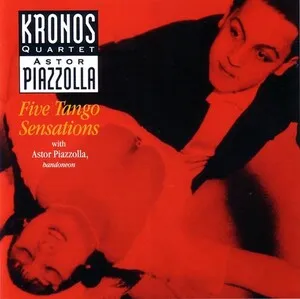Latin American classical music is the concert-music tradition cultivated across the Americas south of (and including parts of) Mexico, drawing on European art-music forms while integrating Indigenous, Afro‑Latin, and criollo musical languages. It encompasses sacred and secular repertoires from the colonial baroque through romantic nationalism, modernism, and contemporary experimental currents.
Stylistically, it blends European harmony, counterpoint, and orchestral practice with regional rhythmic cells (sesquiáltera/hemiola, 3‑2/2‑3 clave, malambo, huapango), modal and pentatonic inflections from Andean and Mesoamerican sources, and timbral colors inspired by local instruments and dances. The result ranges from exuberant, rhythmically vital symphonic music to intimate guitar works and choral music suffused with local idioms.
Latin American classical music emerged in the colonial period as cathedral chapels in cities such as Mexico City, Puebla, Lima, Sucre, and Salvador cultivated polyphony and baroque idioms. Composers like Juan Gutiérrez de Padilla, Manuel de Zumaya, Domenico Zipoli (in Jesuit missions), and José Maurício Nunes Garcia wrote masses, villancicos, and instrumental works that fused Iberian baroque style with local languages, rhythms, and devotional practices. Indigenous and African-descended musicians were central to performance and transmission.
Following independence, opera houses, conservatories, and military bands proliferated. 19th‑century figures such as Antonio Carlos Gomes (Brazil) and Alberto Williams (Argentina) adopted classical and romantic forms while incorporating local dances and melodies, creating a musical nationalism that paralleled literary and visual-arts movements. Salon genres (e.g., contradanza, danzón) and guitar traditions fed into concert writing, while sacred music continued in evolving liturgical contexts.
The 20th century brought decisive internationalization and a distinctive synthesis of modernism with local identity. Heitor Villa‑Lobos integrated Brazilian choro, modinha, and indigenous motifs into large symphonic cycles. In Mexico, Carlos Chávez and Silvestre Revueltas forged a vibrant orchestral language referencing indigenous themes and urban modernity; Manuel M. Ponce and Julián Carrillo (with microtonality) broadened harmonic horizons. In the Southern Cone, Alberto Ginastera developed a powerful, rhythmically driven idiom drawing on gaucho and Andean materials. Across the region, composers engaged neoclassicism, serialism, and avant‑garde techniques while maintaining regional rhythmic and timbral signatures.
Late‑20th‑ and 21st‑century composers—including Leo Brouwer, Gabriela Ortiz, Tania León, and Osvaldo Golijov—expanded the palette with electroacoustic media, post‑minimalism, and cross‑genre collaboration. Orchestras and new‑music ensembles across the Americas continually commission works that foreground Latin American rhythmic vitality, guitar and percussion timbres, and hybrid forms, securing the repertoire’s place in the global classical ecosystem.
Compose with European concert forms and craftsmanship while making rhythm, color, and melodic contour reflect Latin American sources. Aim for a synthesis—neither pastiche nor rigid academicism—where local dance energies and timbres animate classical structures.

